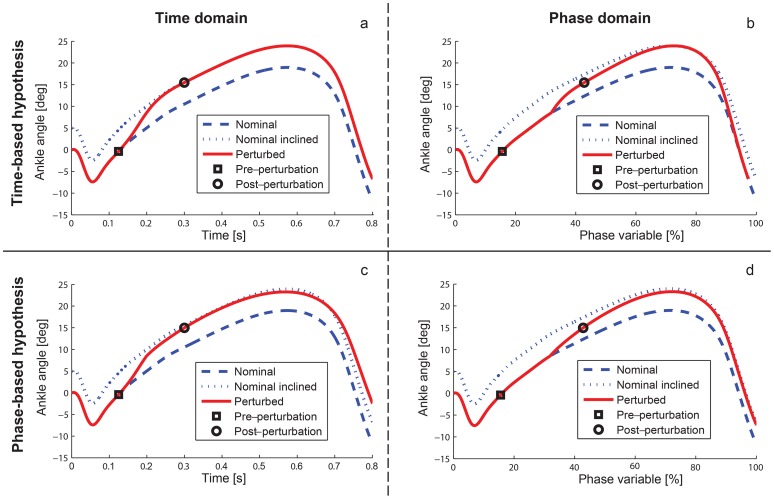Figure 3. Hypothetical reference patterns in response to dorsiflexive (positive) perturbations at 100 ms after heel strike.
Hypothetical reference patterns after 5-degree perturbation with time-based control (a, b) and phase-based control (c, d). The time domain (left) is normalized between heel strike and toe off, whereas the phase domain (right) is expressed over a hypothetical phase variable (Figure 4a). A phase variable would co-vary with the perturbation in such a way that the ankle state moves tangential to the nominal trajectory in phase domain, until the ankle adapts to the new ground slope (modeled at 75 ms after perturbation onset, see Methods) by converging to the offset trajectory. The phase domain (b) was computed from the assumed time-based reference pattern (a), whereas the converse was done from the phase-based reference pattern in (c–d), see Methods.

